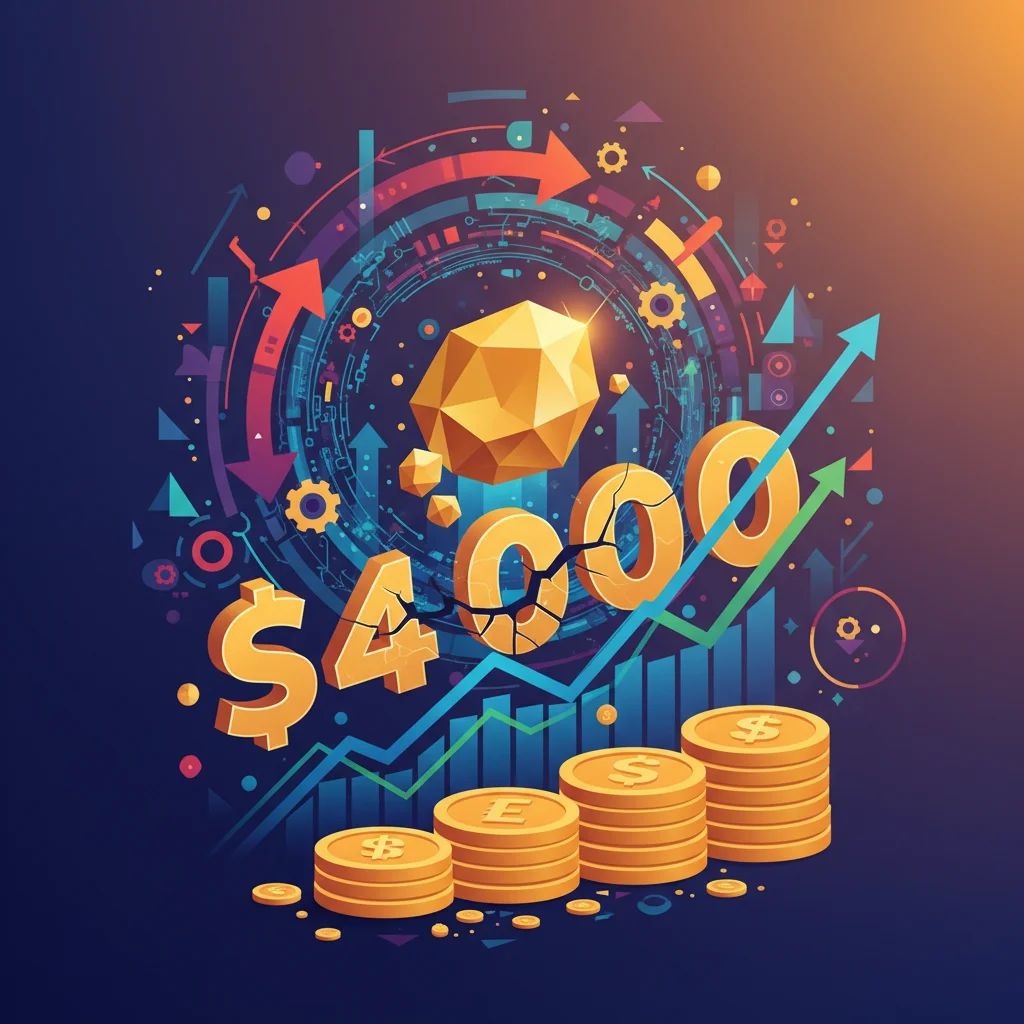
Gold Beyond $4,000? Decoding the Market Forces Behind the Ultimate Safe Haven
The glint of gold has captivated humanity for millennia, serving as a symbol of wealth, power, and stability. In modern finance, its role is no less significant. When the Financial Times posed a hypothetical scenario for economics students—gold prices topping $4,000 for the first time—it wasn’t just an academic exercise. It was a prompt to explore the powerful economic principles that could turn such a scenario into reality. This isn’t just about a number on a screen; it’s about understanding the intricate dance of supply and demand, the tremors in the global economy, and the evolving nature of investing itself.
For investors, finance professionals, and business leaders, comprehending the dynamics behind gold’s valuation is crucial. A soaring gold price is often a canary in the coal mine, signaling deeper issues like currency debasement, geopolitical turmoil, and a widespread flight to safety. In this analysis, we will deconstruct the fundamental concept of competitive market equilibrium using gold as our case study, explore the macroeconomic catalysts pushing its value proposition to new heights, and examine its role in a modern portfolio increasingly shaped by financial technology.
The Core Engine: Gold and Competitive Market Equilibrium
At its heart, any price—whether for a loaf of bread or an ounce of gold—is determined by the principle of competitive market equilibrium. This is the point where the quantity of a good that buyers are willing and able to purchase perfectly matches the quantity that sellers are willing and able to produce. For a global, highly liquid asset like gold, this equilibrium is a dynamic and constantly shifting balance of powerful forces.
To understand what could drive gold to $4,000, we must first dissect its unique supply and demand dynamics. Unlike consumable commodities, the vast majority of gold ever mined still exists, creating a massive above-ground stock that can re-enter the market at any time. This makes its supply side complex and its price highly sensitive to shifts in demand.
The following table breaks down the primary factors influencing the supply and demand for gold, which collectively determine its equilibrium price:
| Market Force | Key Drivers | Impact on Price |
|---|---|---|
| Demand (Investment) | Inflation fears, currency devaluation, low interest rates, stock market volatility, geopolitical risk. | Increases demand as a “safe-haven asset,” pushing prices higher. |
| Demand (Central Banks) | Diversification away from the U.S. dollar, geopolitical hedging, desire for stable reserve assets. | Sustained, large-scale buying provides a strong floor for prices. Central banks added a staggering 1,037 tonnes in 2023, the second-highest annual total on record. |
| Demand (Jewelry & Technology) | Rising consumer wealth in emerging markets (especially China and India), industrial applications in electronics and dentistry. | Provides a baseline of physical demand, though it can be sensitive to price increases. |
| Supply (Mine Production) | Discovery of new reserves, mining costs (energy, labor), regulatory environments, technology in extraction. | Relatively inelastic in the short term; new mines take years to develop, limiting rapid supply responses to price changes. |
| Supply (Recycling) | High gold prices incentivizing consumers to sell old jewelry, industrial scrap recovery. | Acts as a balancing mechanism; as prices rise, recycled supply tends to increase, adding some downward pressure. |
A hypothetical $4,000 price point would imply a significant and sustained shift in this equilibrium, driven primarily by an overwhelming surge in investment and central bank demand that far outstrips the available supply from mining


